6 animals where females reign supreme
From honeybees to elephants, here are six animals with female bosses.
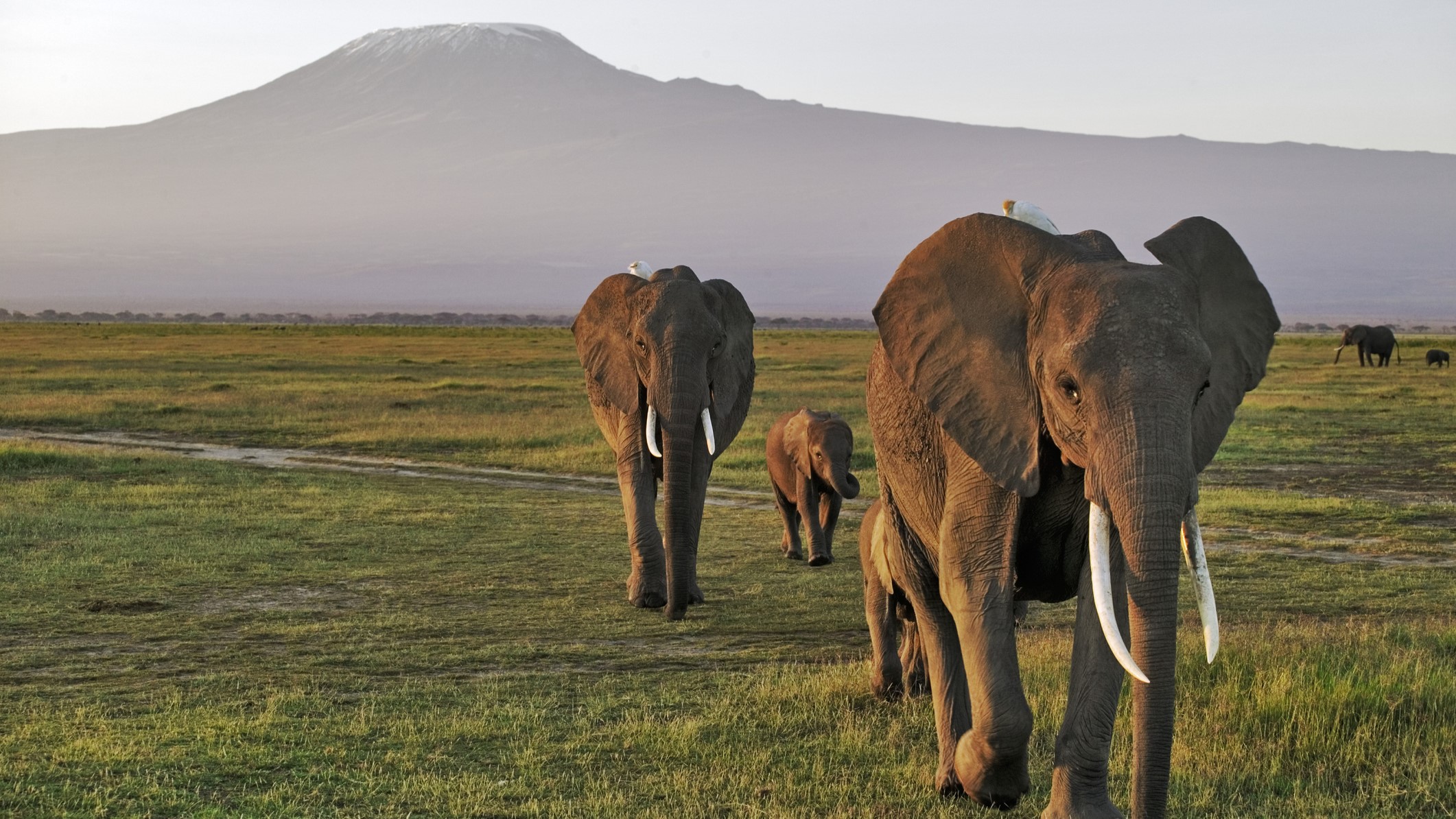
Most animal societies are run by males, but for some, it's the females that rule.
These matriarchal groups are usually led by the oldest and wisest individuals. Female leadership has mostly evolved in mammals, which tend to live longer and have fewer offspring than other types of animals. Animals with female leaders are those where females have a disproportionate influence on the collective behavior of group members, according to a 2020 study in the journal The Leadership Quarterly.
Female leadership takes a variety of forms. Females of some species, such as bonobos and spotted hyenas, rule by forging alliances and coordinating attacks against males, while others, like African savanna elephants and orcas, dominate through their wisdom.
So, without further ado, here are six examples of animals with female bosses.
African savanna elephants
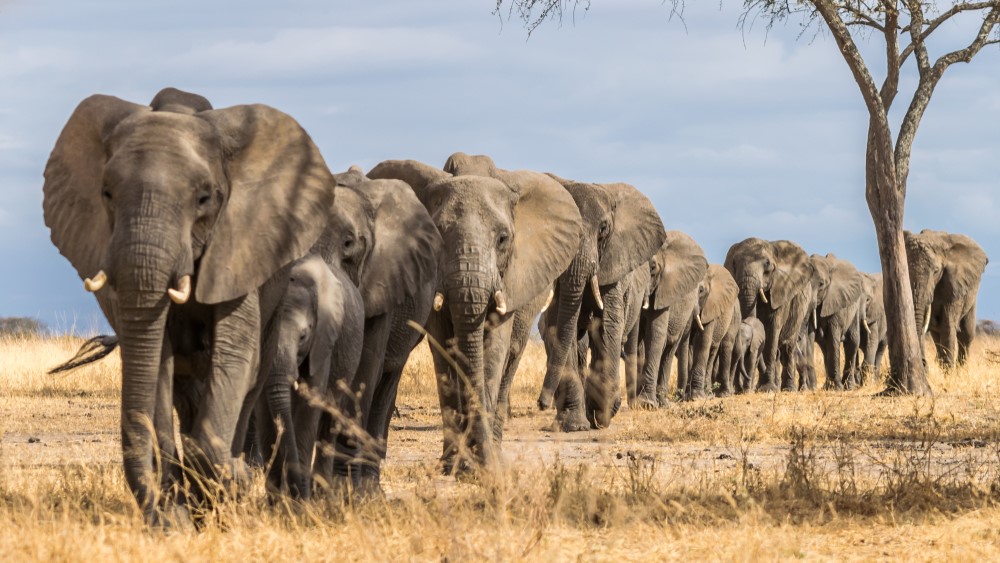
The African savanna elephant (Loxodonta africana) is the largest elephant species and the biggest terrestrial animal on Earth. According to WWF, these elephants roam across sub-Saharan Africa in family units composed of around 10 females and their young. Often, these family units join to form "clans" of several hundred elephants that are headed by a single female matriarch. This leadership role is usually assigned to the oldest and most experienced female of the group.
The matriarch makes decisions about where the herd goes, how to respond to threats and crises, and when and where to settle down to sleep. She also leads the elephants to food and water, which is no small task, given that African savanna elephants require around 300 pounds (140 kilograms) of vegetation and up to 50 gallons (190 liters) of water per day to maintain their humongous size.
Related: Elephants say 'hello' to friends by flapping their ears and making little rumbly noises
But the matriarch's wisdom and authority do not necessarily make her an autocrat, according to the nonprofit organization Elephant Voices. Other members of the group can make suggestions and influence where the elephants move to, for example. There can also be conflict between females, and this sometimes bubbles over when the matriarch dies and leaves behind a power vacuum.
Male African savanna elephants associate with female-led herds only during the mating season.
Spotted hyenas
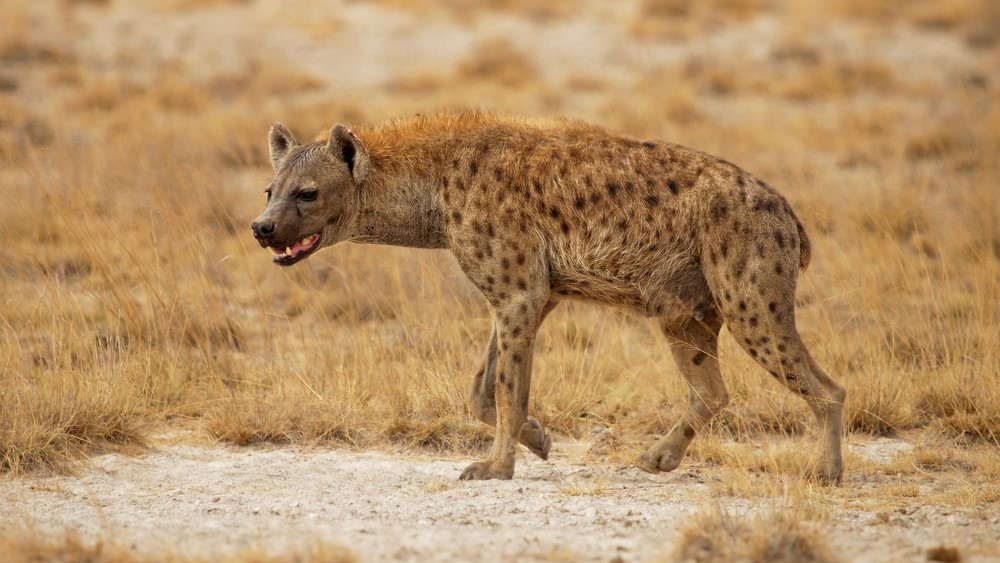
The spotted hyena (Crocuta crocuta) is a highly social and intelligent species. Like African savanna elephants, spotted hyenas hang out in female-led clans that can include anywhere between six and 90 hyenas. Female spotted hyenas aren't much bigger than their male counterparts, but they are far more aggressive and may therefore wield more power. Females also have a pseudopenis — an elongated clitoris that is so large, it looks like a penis — and lack a vaginal opening, meaning they look almost identical to males. As a result of their anatomy, female spotted hyenas have total control over who they mate with. When they choose to mate, females retract their pseudopenis to form an opening into which males can insert their penis.
Female spotted hyenas assert their dominance through aggressive behaviors, as well as by banding together, research has shown. Females receive much more social support in hyena clans than males do, meaning females are more likely to command and "win" interactions between the two sexes. Disparities in social support arise because male spotted hyenas leave their natal clan when they reach puberty. The social bonds they create when they join a new clan are weaker than those of females that have grown up together.
Orcas

Orcas (Orcinus orca), also known as killer whales, are one of the ocean's top predators. They live in matriarchal societies, with separate pods made up of a female, her offspring and her offspring's offspring. Pods consist of a few to more than 20 male and female orcas, according to the National Oceanic and Atmospheric Administration. Several pods may join together in big groups to socialize, hunt or mate — but eventually, orcas always return to their natal pods.
Orcas rely on fellow pod members for survival. For example, killer whales were observed catching food to feed a pod member that was missing two fins, the Daily Mail reported. But it's the females that do the heavy lifting: Orca mothers often look after their sons well into adulthood by hunting for them and guiding them around, even if it affects the mother's chances of reproduction. Older females are also responsible for leading the pod to food and for teaching their young new skills that help them survive.
Related: Orcas 'attacking' boats are actually just bored teenagers having fun, experts say
Orcas are one of just a handful of species that go through menopause, which frees up time for older females to care for their grandchildren. Research has shown that a grandmother's care significantly increases the survival of her grandkids and that the death of a grandmother, on the other hand, leads to increased mortality in these youngsters. The evolution of menopause in killer whale societies also guarantees that there is no competition for mates between older and younger related females.
Bonobos

Bonobos (Pan paniscus), together with chimpanzees (Pan troglodytes), are our closest living relatives. Bonobos live in large social groups composed of males and females, but unlike chimp groups, bonobo communities are led by females. Females resolve conflicts through sexual contact. To console the victim of a fight, for example, a female embraces the victim and swings her hips from side to side to make genital contact. Sexual contact is thought to regulate stress in bonobos and to alleviate tension among members of the group so that they can cohabit peacefully.
Female bonobos disperse when they reach sexual maturity and emigrate to new groups, while males stay in their natal group. In their new groups, females use sex to quickly form strong social bonds with unrelated — and often higher-status — females. They nurture these bonds throughout their lives and use them to orchestrate attacks against males. By asserting their dominance in this way, female bonobos secure their access to high-quality food, which boosts their reproductive success, and deter unwanted sexual behavior from males.
Honeybees
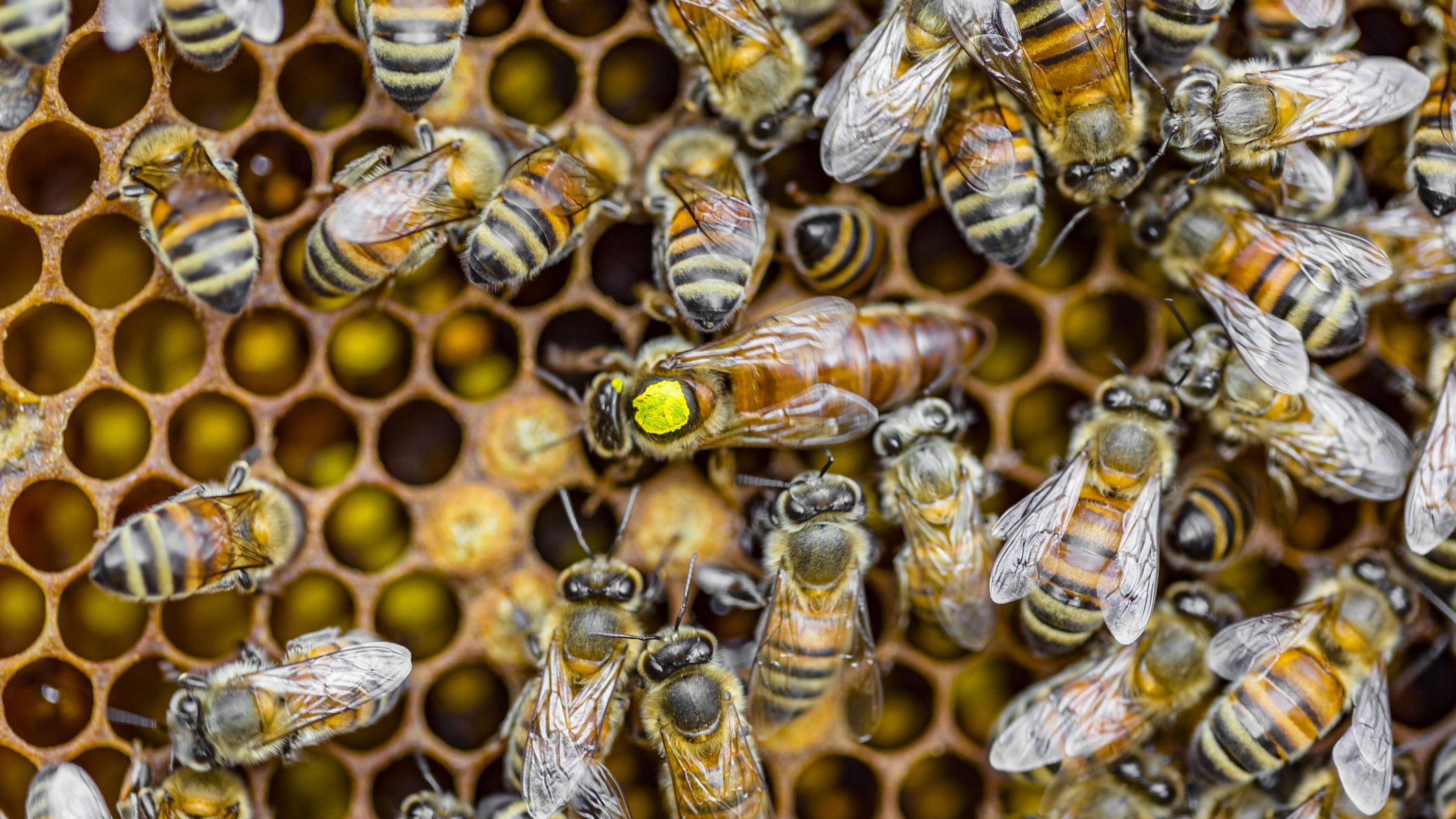
Honeybees (Apis) are famously led by a single adult queen. These bees live in giant colonies of tens of thousands of female workers that build the nest, forage for food and look after the brood. Workers are sexually underdeveloped and don't lay eggs. Only the queen can reproduce, and she does so with the help of several hundred male "drones" that join the colony only through late spring and summer. Drones have no stinger, wax glands or pollen baskets; their main purpose is to fertilize the queen's eggs, after which they drop dead, according to the University of Delaware.
Related: Do bees really die if they sting you?
A honeybee queen guarantees the survival of the colony by laying up to 250,000 eggs per year and possibly more than 1 million in her lifetime, according to the University of Delaware. (Queens can live up to five years.) She is also responsible for maintaining the colony by producing a pheromone that unifies the hive and gives it an individual "identity," which keeps her workers loyal. To perform her duties and in return for her hard work, the queen needs constant attention and a steady supply of royal jelly — a nutritionally dense, milky substance produced by female workers. The number of eggs the queen lays depends on the amount of food she receives and on her workers building wax cells for her eggs.
Lemurs
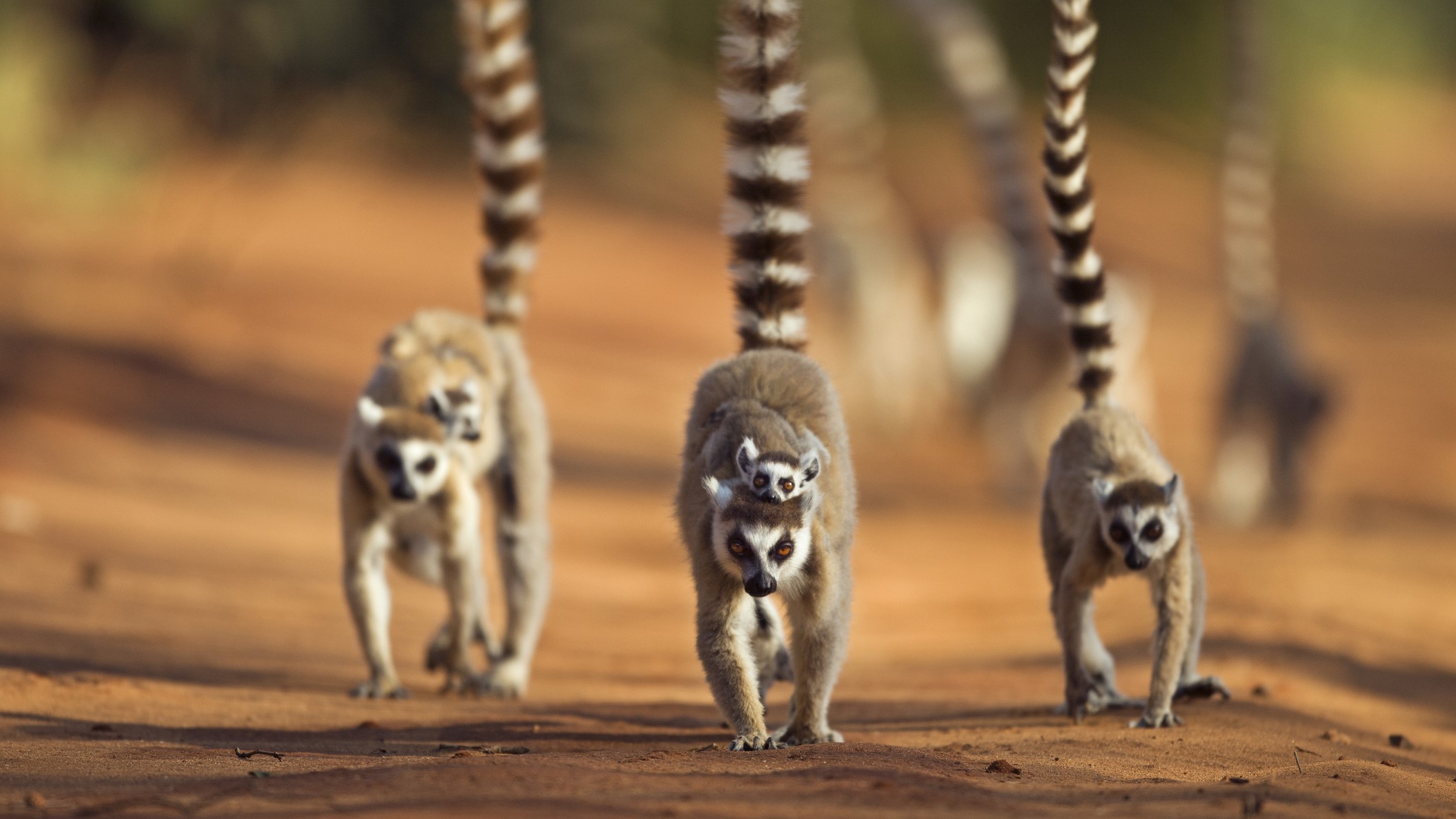
Several lemur species have female leaders. In ring-tailed lemurs (Lemur catta), which live in mixed social groups of up to 25 individuals, females may dominate because they need first dibs on food to reproduce successfully. Females behave aggressively toward both males and females when they compete for food, but males are more submissive, meaning females come out on top.
Female lemurs consistently win conflicts with males, but the reasons for this are still unclear. Lemurs are monomorphic, meaning that males and females grow to similar sizes and broadly look the same, but males appear to feel threatened by females nonetheless. High-ranking males, especially, would rather skip a meal than fight hungry females. By avoiding antagonistic interactions with females, these males may improve their chances of reproducing.
Sign up for the Live Science daily newsletter now
Get the world’s most fascinating discoveries delivered straight to your inbox.

Sascha is a U.K.-based staff writer at Live Science. She holds a bachelor’s degree in biology from the University of Southampton in England and a master’s degree in science communication from Imperial College London. Her work has appeared in The Guardian and the health website Zoe. Besides writing, she enjoys playing tennis, bread-making and browsing second-hand shops for hidden gems.










